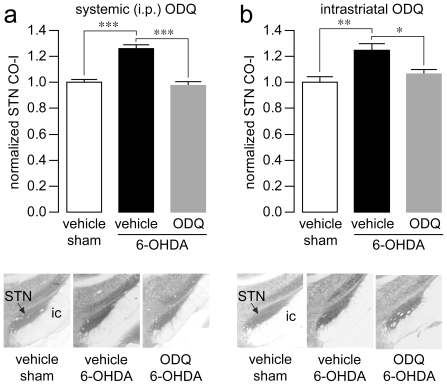Figure 3. Role of the indirect striatopallidal pathway in mediating the ODQ-dependent reversal of STN hyperactivity.
(a) Bar graph showing levels of CO-I staining in the STN of sham-operated and 6-OHDA lesioned rats following systemic administration of vehicle or ODQ (20 mg/kg, i.p.). ODQ significantly reduced the increase in CO-I levels observed in the STN of 6-OHDA-lesioned rats (n = 10–11 rats/group; ***P<0.0005 as indicated, Tukey post-hoc test after significant one-way ANOVA). Inset: Examples of coronal sections of STN derived from CO-I staining showing the reversal effect of ODQ. (b) Summary of the effect of single intrastriatal infusion (0.1 µl/min for 10 min) of vehicle (0.5% DMSO in aCSF) or ODQ (50 µM) on STN CO-I staining. Intrastriatal ODQ also normalized the increased STN CO-I observed in 6-OHDA-lesioned rats (n = 5–7 rats/group; *P<0.05, **P<0.005 as indicated, Tukey post-hoc test after significant one-way ANOVA). Inset: Sections of CO-I staining showing the reversal effect of intrastriatal ODQ on STN activity.

